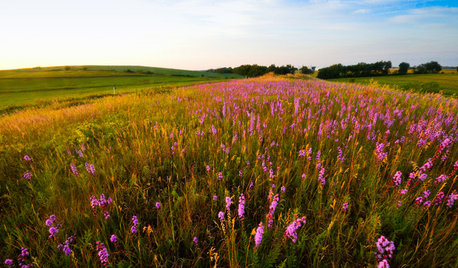Overseeded in Fall, weeds in spring, help?
lccraig
12 years ago
Featured Answer
Comments (15)
dchall_san_antonio
12 years agolast modified: 9 years agolccraig
12 years agolast modified: 9 years agoRelated Professionals
Fillmore Landscape Architects & Landscape Designers · Fort Lee Landscape Architects & Landscape Designers · Montgomeryville Landscape Architects & Landscape Designers · Paradise Landscape Architects & Landscape Designers · Edmond Landscape Contractors · Wakefield Landscape Contractors · Bristol Landscape Contractors · Dallas Landscape Contractors · Edwardsville Landscape Contractors · Oak Forest Landscape Contractors · Riverhead Landscape Contractors · Merrifield Landscape Contractors · Elk Grove Swimming Pool Builders · Redding Swimming Pool Builders · Rocky Point Swimming Pool Buildersbrettn_10
12 years agolast modified: 9 years agobrettn_10
12 years agolast modified: 9 years agotiemco
12 years agolast modified: 9 years agobrettn_10
12 years agolast modified: 9 years agobrettn_10
12 years agolast modified: 9 years agodchall_san_antonio
12 years agolast modified: 9 years agobrettn_10
12 years agolast modified: 9 years agotiemco
12 years agolast modified: 9 years agobrettn_10
12 years agolast modified: 9 years agolccraig
12 years agolast modified: 9 years agobrettn_10
12 years agolast modified: 9 years agojohn_in_sc
12 years agolast modified: 9 years ago
Related Stories

EDIBLE GARDENSNatural Ways to Get Rid of Weeds in Your Garden
Use these techniques to help prevent the spread of weeds and to learn about your soil
Full Story
GARDENING GUIDESTackle Weeds the Natural Way
Instead of dousing your yard with chemicals to wipe out weeds, let time and nature work their magic via smothering and solarization
Full Story
GARDENING GUIDESGreat Design Plant: Bugle Weed, a Quick Ground Cover
It’s highly adaptable, suppresses weeds, reduces erosion and provide weeks of bright flowers. Just watch for invasiveness
Full Story
GARDENING GUIDES5 Weed-Smothering Ground Covers
Let these landscape plants do the dirty work of choking out weeds while you sit back and enjoy the view
Full Story
GARDENING GUIDESLet's Weed Out 4 Native Plant Myths
Plant wisely for a garden that supports pollinators and requires less work
Full Story
GARDENING GUIDESWhat’s in a Name? See 6 Wildflowers That Aren’t ‘Weeds’ at All
Dispel the stereotypes of weeds and try these wildlife-supporting native wildflowers in your garden
Full Story
HOUZZ TOURSHouzz Tour: From Overgrown Weeds to Picturesque Farmhouse Expanse
This once-neglected 100-acre South Carolina site now features a lake, a wood-filled farmhouse and a far-reaching view
Full Story
LIFEYou Said It: ‘Put It Back’ If It Won’t Help Your House, and More Wisdom
Highlights from the week include stopping clutter from getting past the door, fall planting ideas and a grandfather’s gift of love
Full Story
FALL GARDENINGMake This Fall’s Garden the Best Ever
Learn the most important tip for preventing buyer’s remorse, plus get more valuable buying and planting advice
Full Story
GARDENING GUIDESHelp Fuel the Monarch Migration With These 6 Prairie Plants
Try these nectar-rich beauties and help autumn monarchs
Full StoryMore Discussions







tiemco